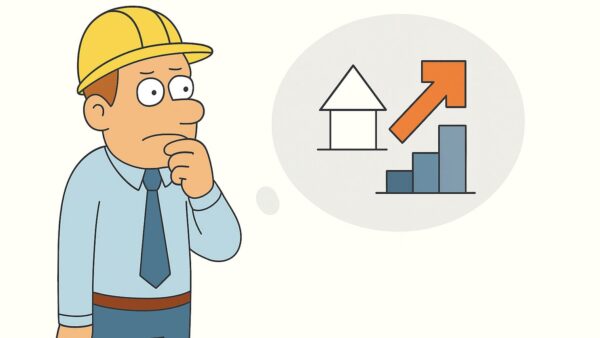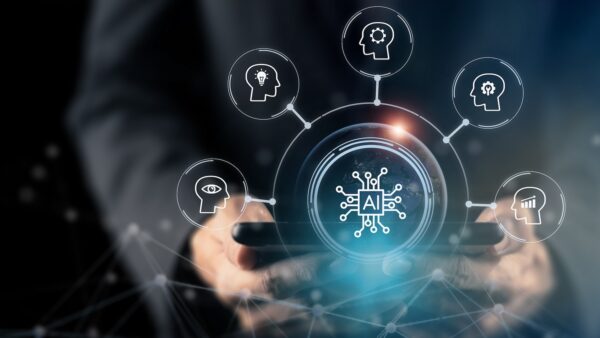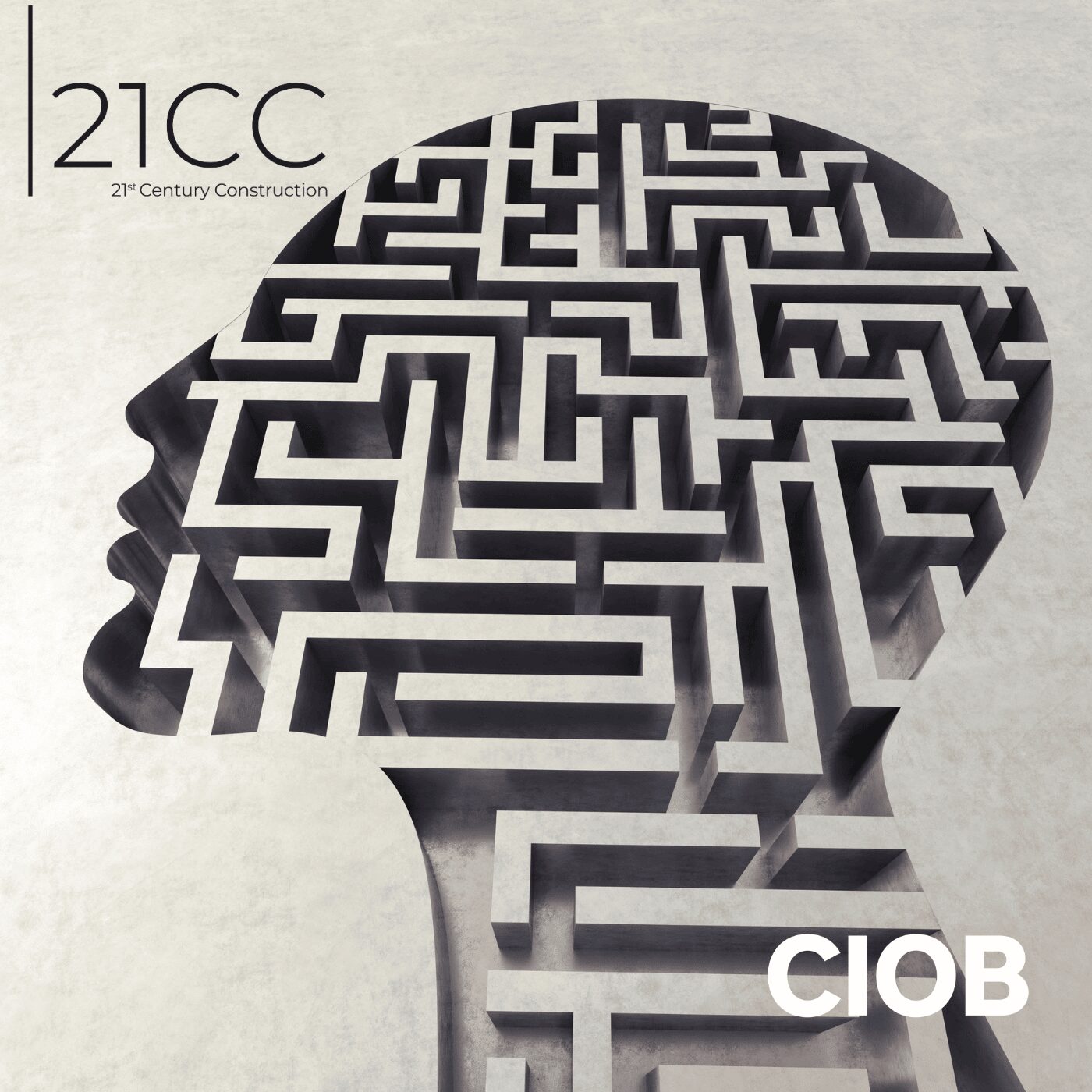
Adding sensors into buildings and other built assets is the easy part of all of this, the hard part is gathering the information created and exchanged during the lifecycle in a consistent and organised manner so it can be re-used without the need for extra investment of time and money.– Cristina Savian
Construction wants to catch up with aerospace and manufacturing and deploy digital twins – computerised companions of physical assets – but despite the hype their practical application may be several years away, says Cristina Savian, founder and managing director of technology consultancy BE-WISE.
In the realm of buildings, what is a digital twin?
A physical asset linked to a digital replica of that asset using sensors. Digital twins serve as a live digital representation of a physical entity and can function as vital problem-solvers, needed to enhance asset performance, influence future building design, and ultimately reduce risk.
The term was coined in the manufacturing arena back in 2003, but the concept goes back to the 1960s and 70s when Nasa was using “mirroring systems” to predict faults in astronauts’ equipment. When the Apollo 13 mission failed the mirror system is what was used to understand how to get the astronauts safely back to Earth.
What are the key benefits of digital twins?
The moment we link the virtual replica with sensors we can know how the building is performing in real-time, which enables facilities management to tweak performance to optimise efficiency. The data can also be used by architects, engineers and consultants to improve the design of future buildings.
If we connect different buildings and infrastructure together, we have the means to create smart cities where designers and masterplanners simulate different scenarios such as the impact of a new building on traffic flows or water and power supply.
Digital twins can also have the potential to prevent serious accidents by monitoring assets to predict potential failures. Some existing infrastructure, including bridges and tunnels, have sensors already embedded, so using 3D scanners we can create a virtual replica that displays the real-time data to predict maintenance issues or damage. This type of approach could prevent another Grenfell Tower tragedy or a collapse like the Ponte Morandi viaduct in Genoa.
How far behind manufacturing and aerospace is construction in the development of digital twins?
Digital twins are a hot topic in construction as we look to innovation to help overcome issues like low-profit margins and the need to do more with less, but in reality manufacturing and aerospace are way ahead. For example, Tesla has a digital twin for every single car it produces.
The design and construction phases provide the ideal opportunity to collect all the data needed to build a digital twin, starting with the development of a virtual replica using the BIM process. Using BIM, we can structure data in such a way and create the virtual replica easily once construction is complete – they can both be linked together through the use of sensors.
However, this opportunity is currently being lost because, on the majority of projects, information requirements are not properly set and data is structured inconsistently, or missing entirely because of the way contracts are awarded.
The BIM mandates embraced by many countries, including the UK, are helping us move things forward, but there remain many challenges with implementation and professionals are not necessarily thinking about the end goal and the potential to use the data they are creating in a digital twin.
Adding sensors into buildings and other built assets is the easy part of all of this, the hard part is gathering the information created and exchanged during the lifecycle in a consistent and organised manner so it can be re-used without the need for extra investment of time and money.
Does the development of digital twins require a change to the way projects are funded or procured?
Changing the way we do things during design and construction may require additional investment, regarding the training and education of professionals and additional time and money required for ensuring alignment within practitioners.
Investment during the capex phase will increase value and benefits during the opex phase. A more balanced approach would ensure that digital twin requirements are embedded into design and construction to enable the long-term benefits.
This disjunct was highlighted when I recently visited a major new smart building in central London. The asset is kitted out with thousands of sensors that track how it is performing, but when I asked the facilities management team about the circa 250 digital models created during design and construction, they said they didn’t even know how to open the files, let alone use the data to manage the building.
What a missed opportunity – all the money that went into creating those models and the potential to reuse the data as a virtual replica were effectively abandoned post-construction because of the lack of a clearly defined process.
Part of the problem is with the asset owner, they don’t understand or appreciate how digital models can improve operation and maintenance, so they don’t ask for a digital asset to accompany the building at handover.
What do you make of plans by the government-backed Digital Framework Task Group to create a national digital twin of UK infrastructure?
The idea to create an eco-system of digital twins connected by securely shared data is certainly a good one. I like the fact the project immediately assumes that there are long-term benefits to all of this. The government is the ultimate owner of infrastructure, so it has ultimate interest in optimising its performance.
In support of the initiative, the Gemini Principles project was launched in December to bring together government, academia and industry to develop the foundational definitions and values. However, I would question the practical reality of implementing digital twin principles when most of the industry is still debating whether BIM is useful or not.
Large infrastructure projects are very complex, involving numerous stakeholders and they take much longer to complete than buildings, which means the first of these digital twins is unlikely to emerge for several years before we can appreciate their benefits.
Main image: Stepanenko Oksana/Dreamstime.com














